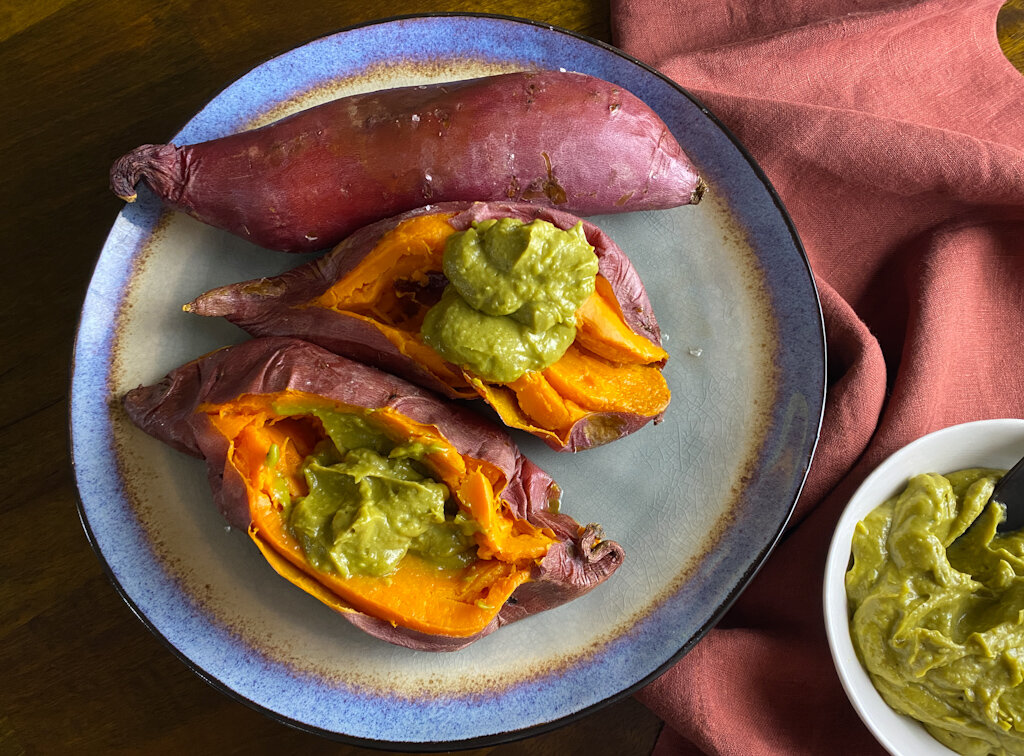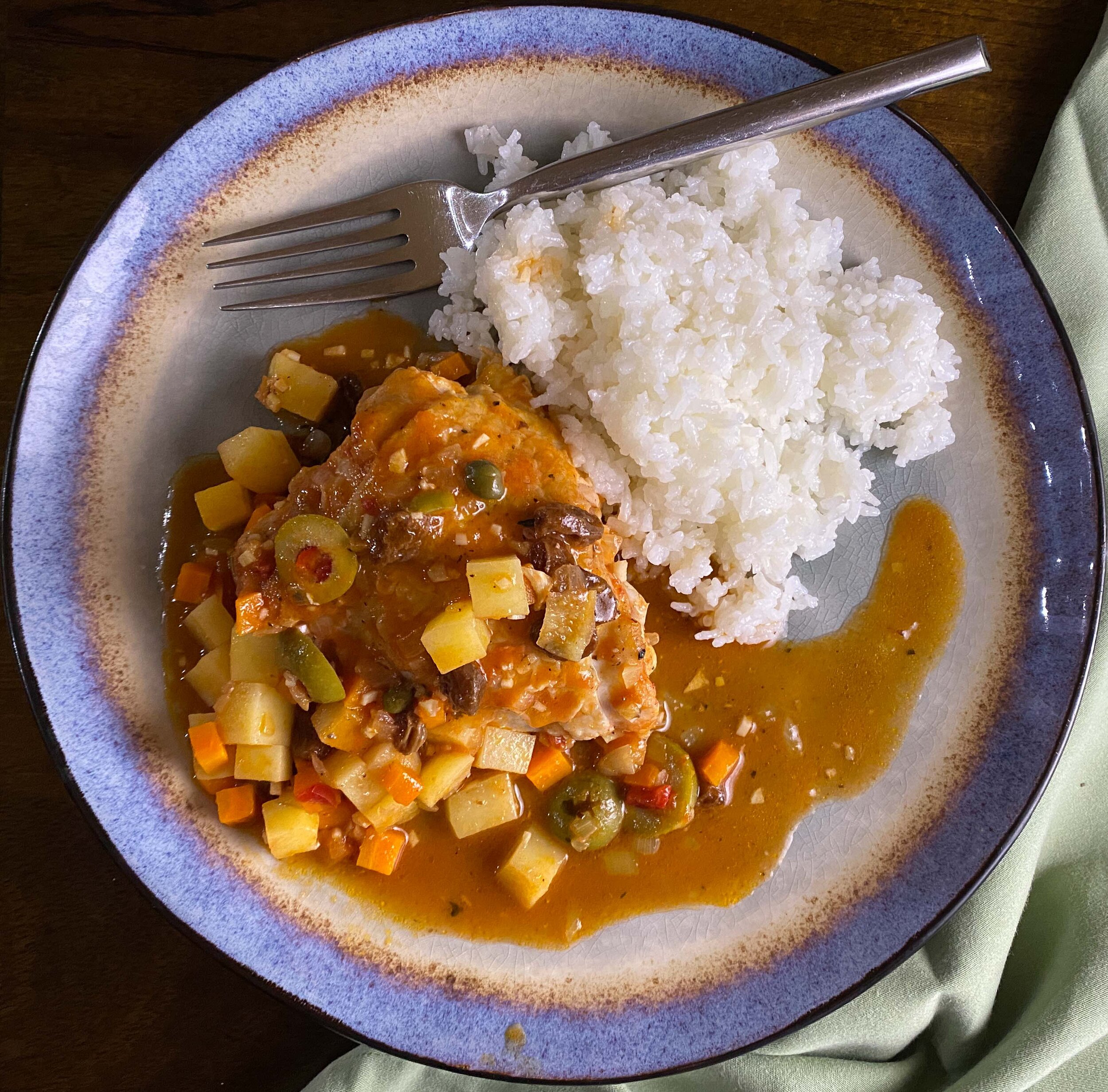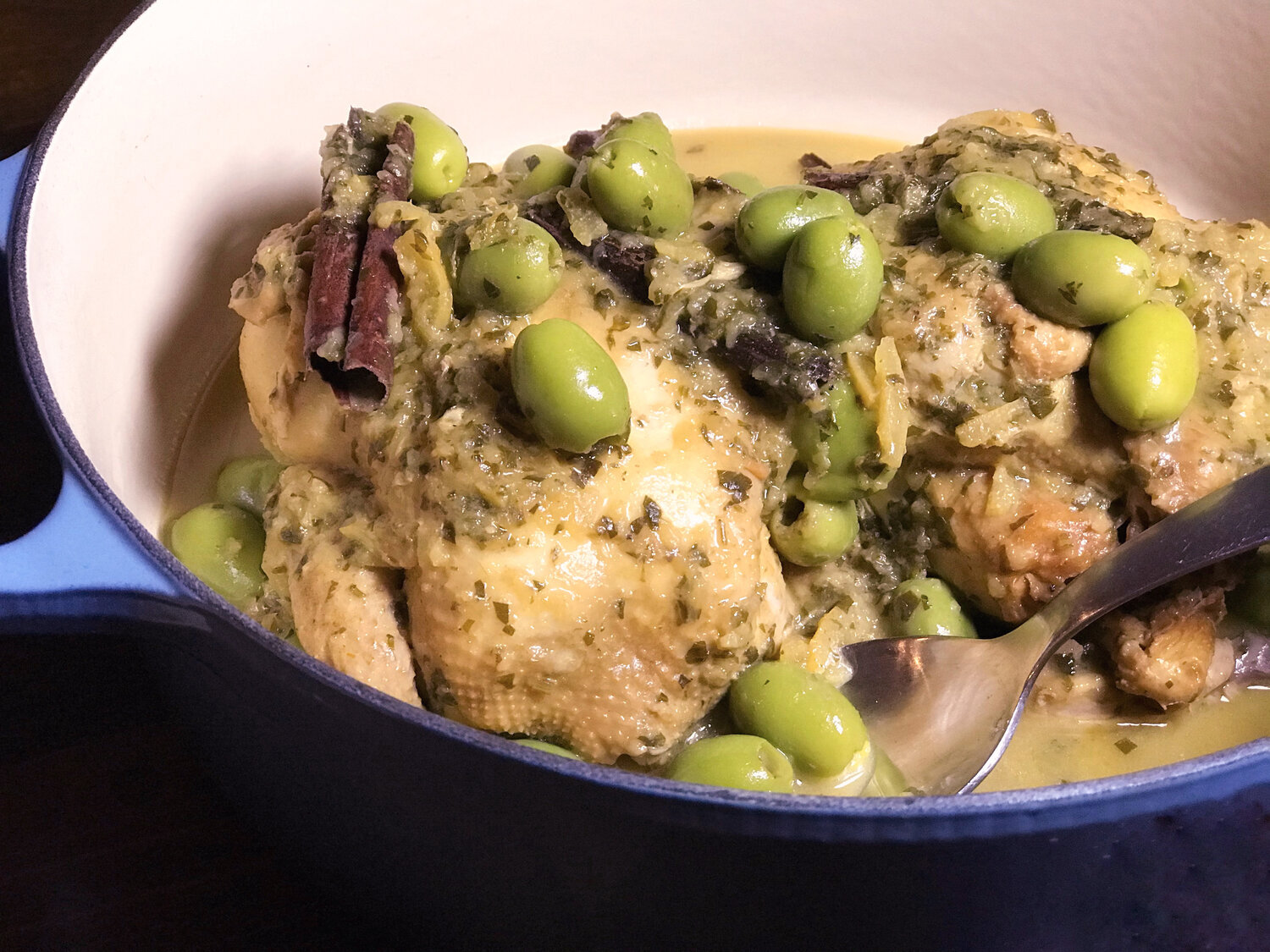By Leslie Brenner
The Rise: Black Cooks and the Soul of American Food, by Marcus Samuelsson with Osayi Endolyn, recipes with Yewande Komolafe and Tamie Cook, photographs by Angie Mosier, 2020, Little, Brown, $38.
Backgrounder: A good deal has been written about The Rise — the cookbook super-chef Marcus Samuelsson published late last year. Most of the coverage came right around pub-time, in the form of new-title roundups or best-of-the-year cookbook stories (it made the Washington Post and New York Times’ lists, among others.) Samuelsson and co-author Osayi Endolyn gave an excellent interview to Food & Wine magazine shortly after the book was published.
Many of the universally enthusiastic write-ups did a great job focusing on Samuelsson’s goal for the book. As he expresses it in his introduction:
“Black food is American food, and it’s long past time that the artistry and ingenuity of Black cooks were properly recognized.”
Samuelsson, of course, is the Ethiopia-born, Sweden-raised chef with a nearly three-decades-long history in New York. He made his name in 1995 as the youngest chef to earn a three-star review from The New York Times when he was executive chef of Aquavit; he opened his own restaurant, Red Rooster Harlem, in 2010. The chef has since built an empire of dozens of restaurants in the U.S., Canada, Bermuda, Britain, Sweden, Finland and Norway.
What I haven’t found much of are reviews and stories that dig into The Rise’s 119 recipes (plus 48 Pantry recipes).
Why We Love It: Endolyn’s essays about the chefs, activists and cooks who have inspired the recipes in the book are wonderful, enlightening reads. Spinning through them is a fabulous way to understand something about the future, present and past of Black cooking in America. Endolyn sheds thoughtful light on who has done, and is doing, and will continue informing some of the most exciting cooking anywhere.
Meanwhile, Samuelsson himself is one of the most talented and accomplished chefs of our time, and his recipes — developed with Yewande Komolafe and Tamie Cook — are often thrilling.
We wasted no time weighing in on Papa Ed’s Shrimp and Grits two weeks after the book was published. The dish, inspired by Ed Brumfield, executive chef of Red Rooster Harlem, is heart-breakingly delicious, literally the best shrimp and grits I’ve ever had. Unless you have access to frozen okra, you’ll have to wait till it’s back in season in order to taste what I mean.
The very first recipe I took for a spin was the lead-off recipe in the book: Baked Sweet Potatoes with Garlic-Fermented Shrimp Butter. I’m a sucker for a roasted sweet potato in any guise, and as this is Samuelsson’s tribute to David Zilber — a Toronto-born chef who’s the former director of fermentation at Noma in Copenhagen — the recipe beckoned that much louder. It’s almost decadent in its lusciousness. The shrimp paste (which I keep on hand for Thai dishes) gives the avocado-butter a wild and wonderful funk.
Nor can I resist a boozy dessert, and this one — a vanilla cake soaked in dark rum and frosted with whipped cream — didn’t disappoint. Montego Bay Rum Cake is Samuelsson’s tribute to chef Herb Wilson, whose trail-blazing upscale Caribbean restaurant in New York City’s East Village, Bambou, was an early inspiration for him. As originally published, the recipe requires a stand mixer; I’ve adapted it so you can use a hand-mixer, if you like.
You’ve gotta try this: Dressed up with minced dill pickle, onion, sambal oelek, fish sauce, celery salt and paprika, the jazzy mayo that tops these roasted cauliflower steaks is worth making on its own. (What a dip for boiled Gulf shrimp this will be!) And slathering it on cauliflower steaks dusted with the Moroccan spice blend ras el hanout is out of this world. (I do wish there were a recipe for ras el hanout in the book. I didn’t have any on hand, and used this one from Paula Wolfert via the San Jose Mercury News.) The recipe honors Nina Compton — chef and owner of Compère Lapin and Bywater American Bistro in New Orleans. The ingredients in the mayo sauce reflect that city’s “diverse African, Haitian and French populations.”
Still wanna cook: Circling back to okra season, the moment those pods start popping into markets, I’ll make Leah Chase Gumbo. Chase — the legendary chef-owner of Dooky Chase’s in New Orleans, who died at in 2019 at age 96 — is one of the chefs to whom Samuelsson dedicates the book. (You’ll have to pick up the book to read the wonderful anecdote about what Chase did to President Obama when he sprinkled hot sauce on her gumbo without tasting it first.) Samuelsson’s tribute gumbo includes shrimp, andouille sausage and filé powder, along with the okra.
Asparagus season will precede okra season, though, and at that moment I’ll pounce on The Rise’s recipe for Shrimp Fritters with Bitter Greens and Grapefruit — a West African-inspired recipe in honor of Jonny Rhodes. Rhodes is the highly acclaimed young Houston chef behind Indigo, a neo-soul food restaurant “focusing on the history, culture, and social experiences that have shaped and guided African American foodways.”
There are many more enticing recipes besides — and all those cool essays.
Here’s a great way to celebrate Black History Month: Buy yourself a copy of the The Rise. While you’re at it, buy one for a friend interested in exploring the delicious, dynamic diversity that is Black American cooking.
Did you enjoy this story? Read about who we are and what we do.
I’d like a Free Trial Premium Membership to Cooks Without Borders. SIGN ME UP!



















